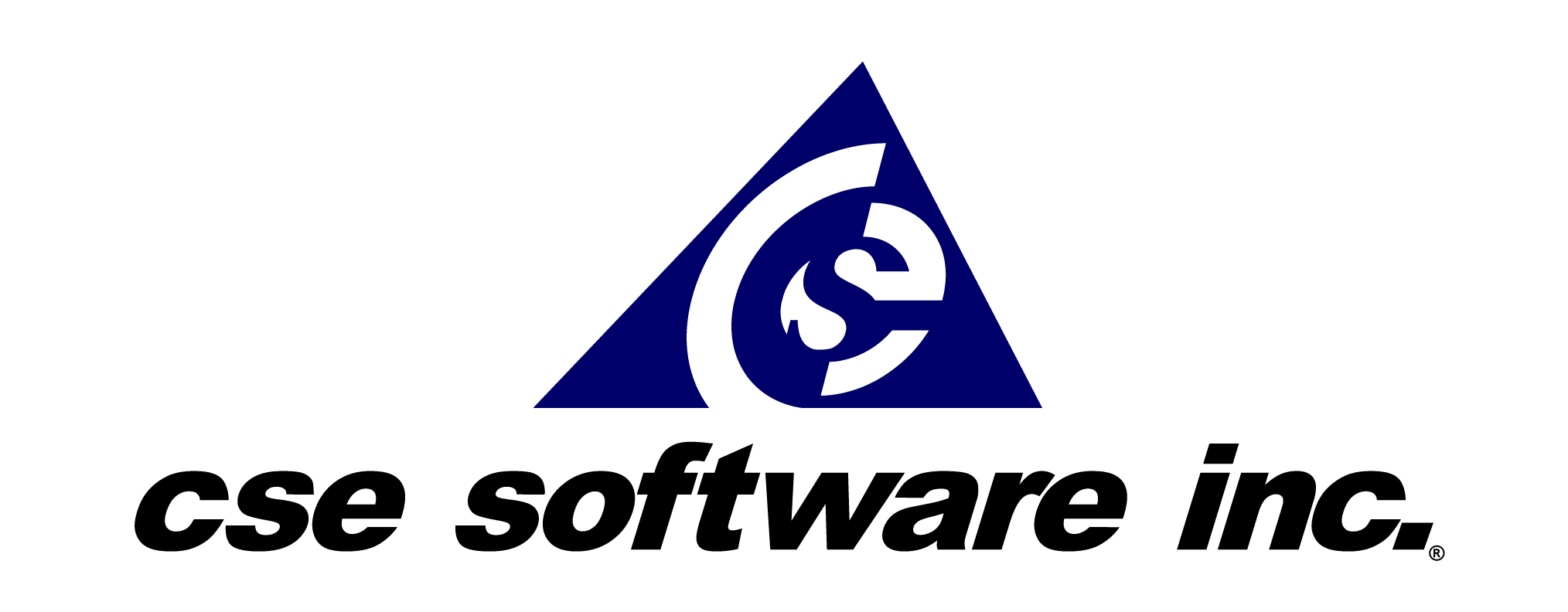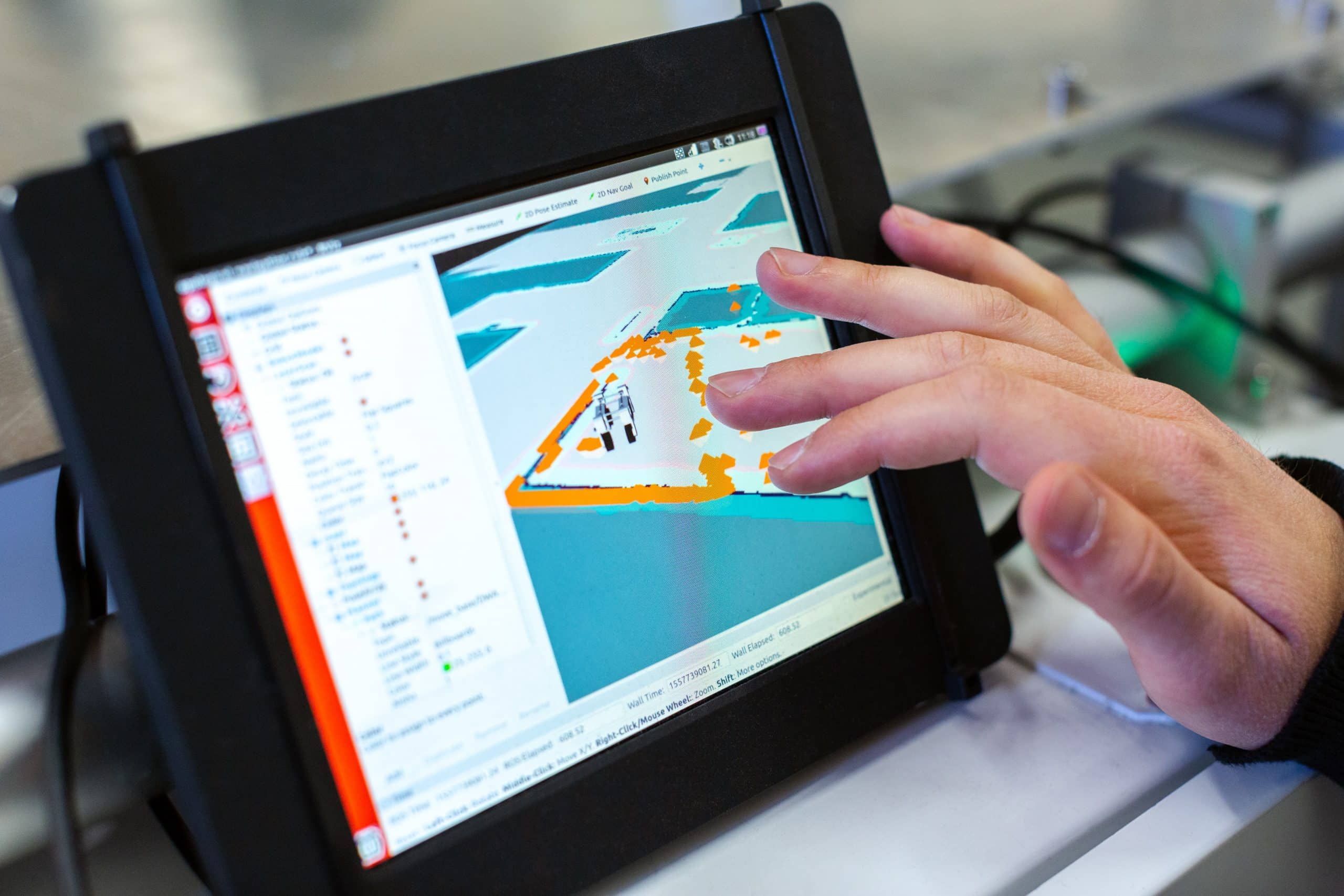Note: In part one, The High Cost of No Training, you learned the many consequences to organizations that don’t train employees. In part two, find out the upside to training.
Helping employees build skills and knowledge has nothing but upside for any organization. Training leads to happier, safer, more motivated employees. It also leads to higher production and greater efficiencies that mean a bigger bottom line for organizations.
Safety. Violations and fines for safety can cripple an organization—and its reputation. Proper training can help employees learn how to use equipment and follow procedures safely. Training can increase safety awareness and help employees avoid accidents, injury and even fatalities.
Retention. Hiring a candidate doesn’t mean the person has the skills or understands how to use the tools and equipment needed for the job. The person may not have fully developed soft skills. Training can make a difference in skill building and can build his/her confidence. Identify a weakness and address it with proper training. Equally, training can help good workers move forward into leadership roles. Good training can engage employees and keep them at your organization.
Morale. Organizations that invest in an employee show that he/she is valued. Employees who feel appreciation show more satisfaction toward their jobs. High morale leads to happier employees and a happier workplace.
Consistency. Having consistent training on processes, procedures, and equipment operation steps can help toward avoiding misunderstandings, safety issues and accidents. Training must be conducted the same way every time so that all learners get to competency in the same way. Consistent, thorough training helps alleviate many communication issues that cause problems in the first place.
Productivity. Training can help employees build skills and reach optimum levels of productivity. Improving efficiency and productivity leads to a better bottom line, potential of increased market share, greater satisfaction in work, and potential opportunities for moving up as the company becomes more successful.
Innovation. Developing new skills and strengthening existing skills can lead to new ideas and greater innovation within an organization. Creativity can come from learning and the confidence it builds. The indirect effect is that innovative companies are attractive to job candidates. Leading innovations often mean a bigger bottom line.
Organizations and employees can gain all of the benefits of training and more. Simulation training ensures learners are trained exactly the same way every time. Consistent training comes from working with a subject-matter expert during development and developing with an experienced team.
Simulation also means training anytime, anyplace. No need to send employees off-site and incur travel costs or remove them from production lines for extended periods of time. Simulation or another type of digital training can be conducted during downtime or at predetermined times that won’t interrupt the production schedule.
To find out how to get started with simulation and digital training, or see a demo, contact our experienced team today.






